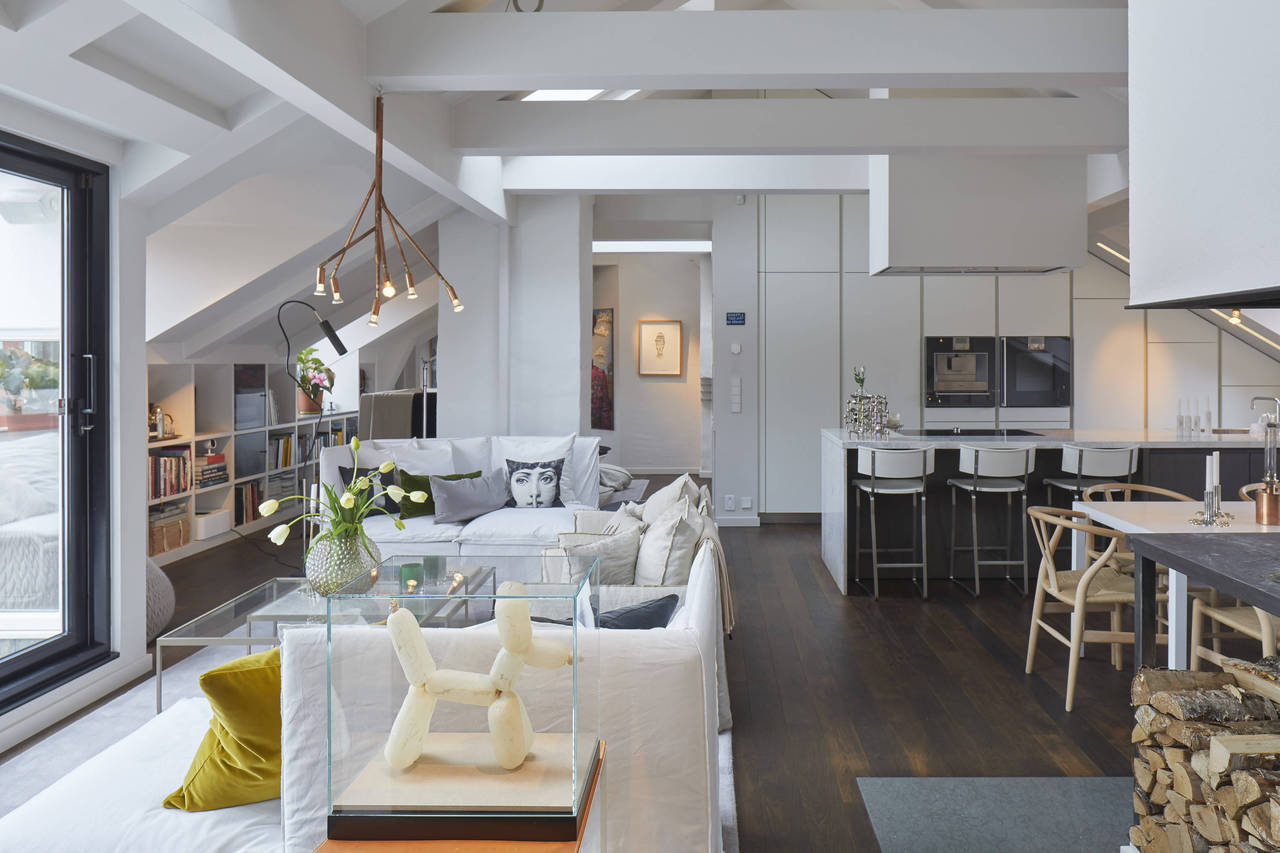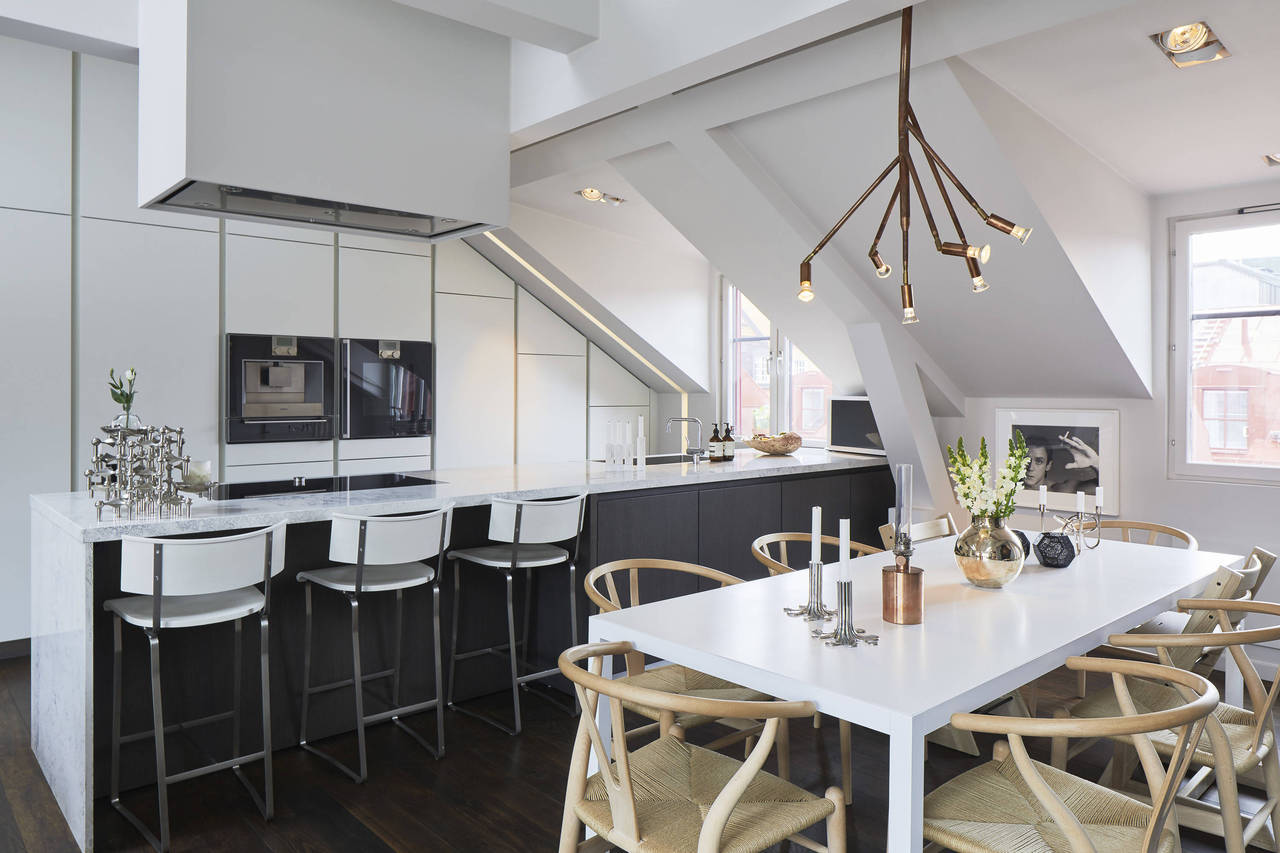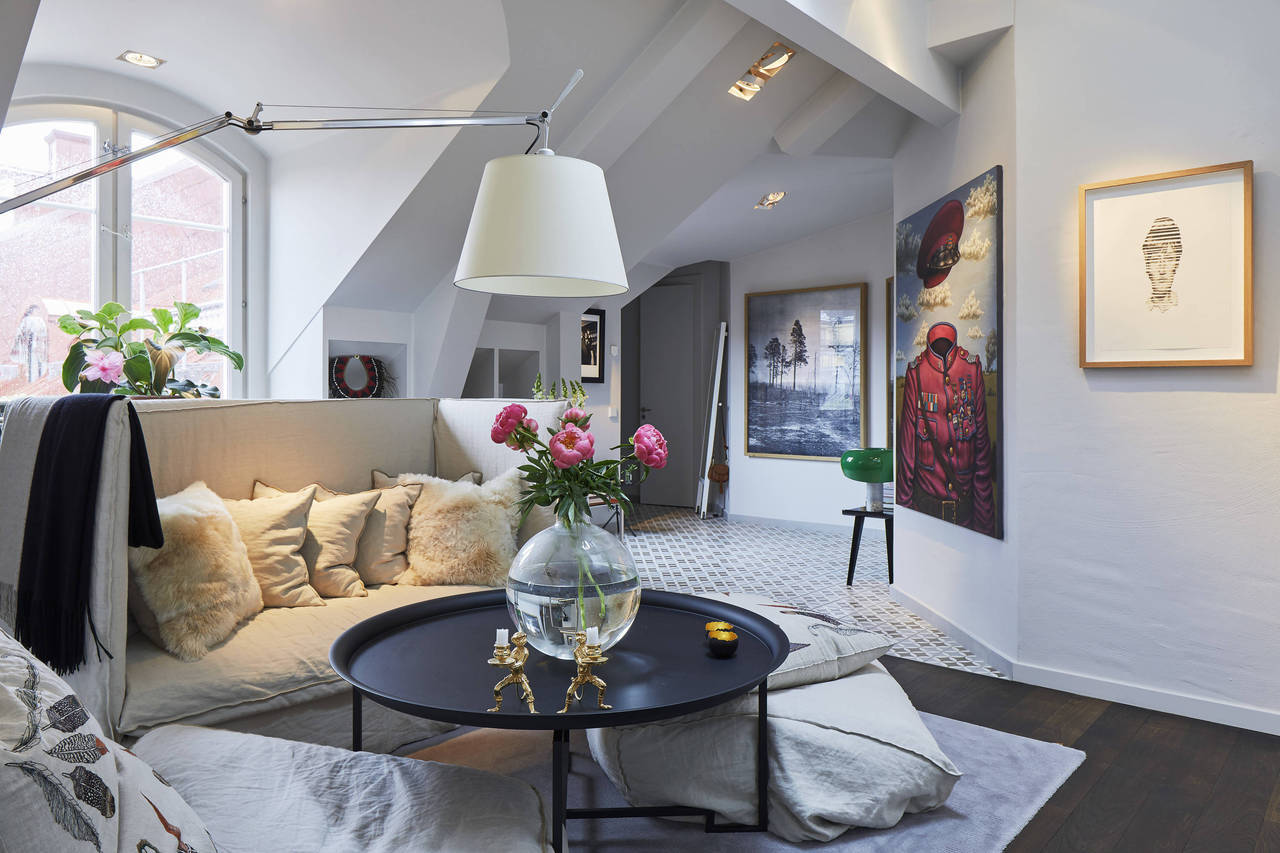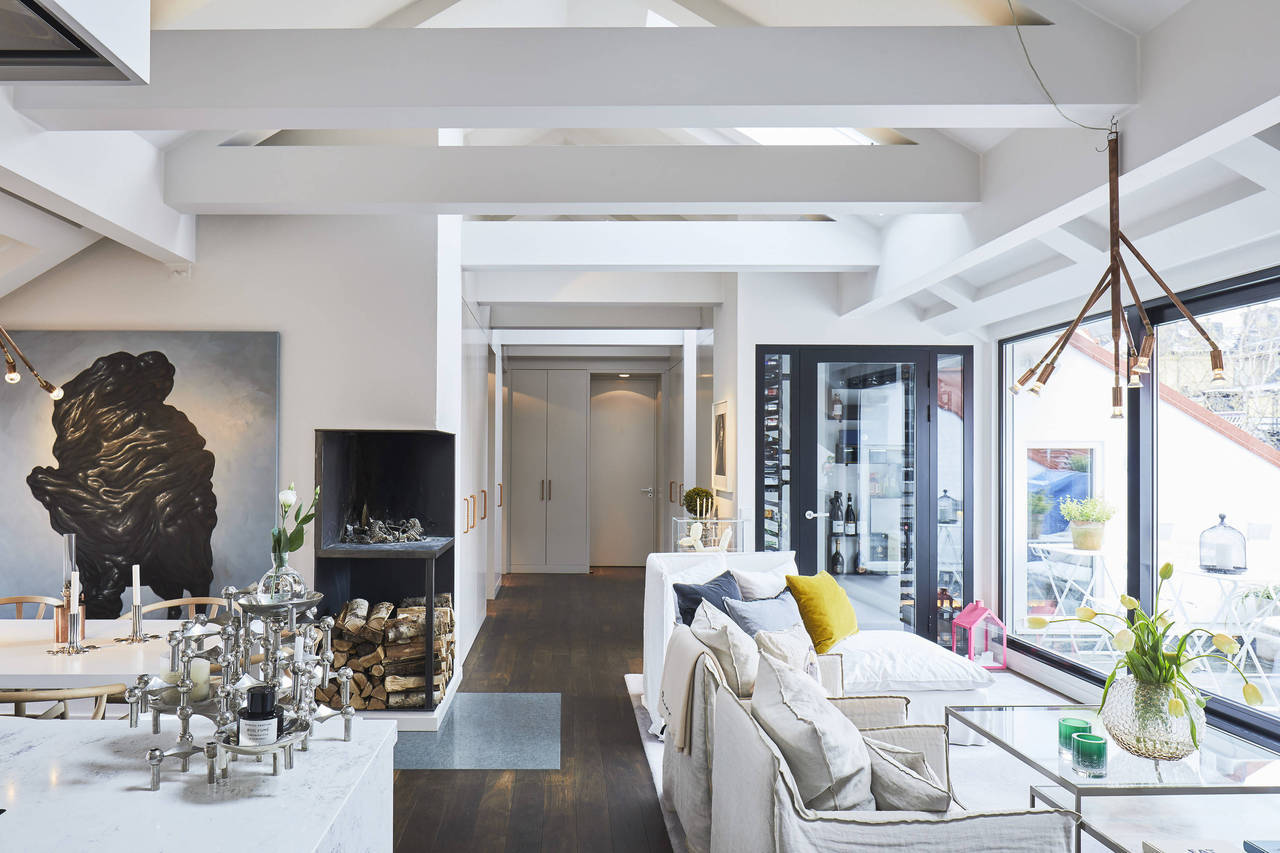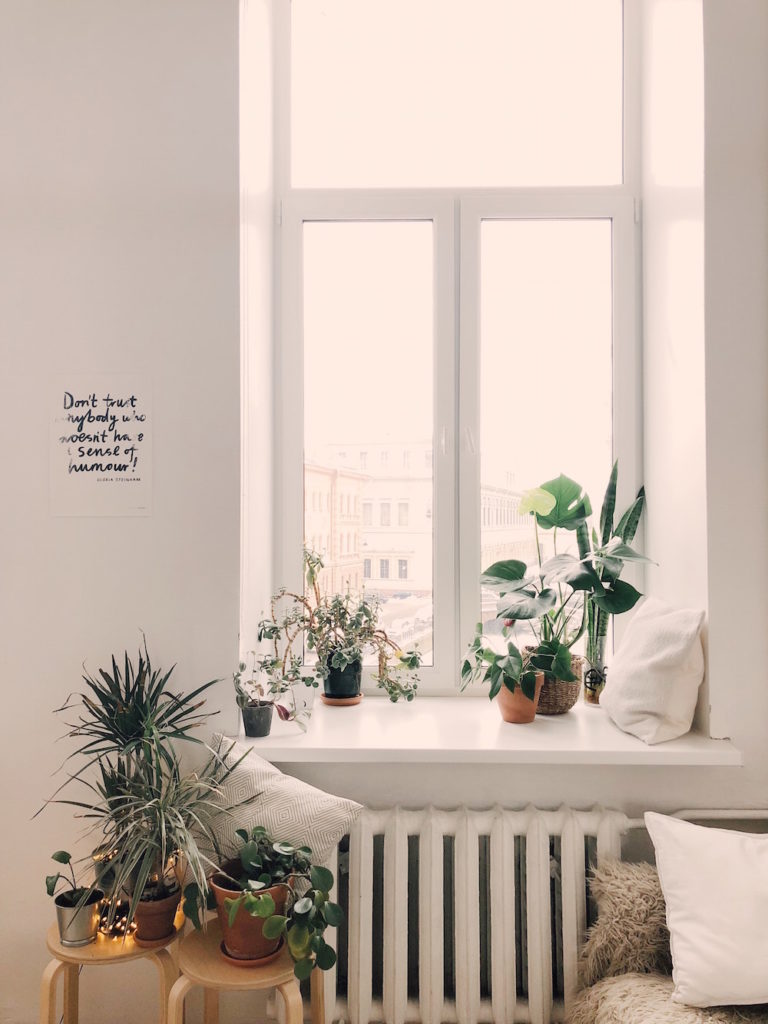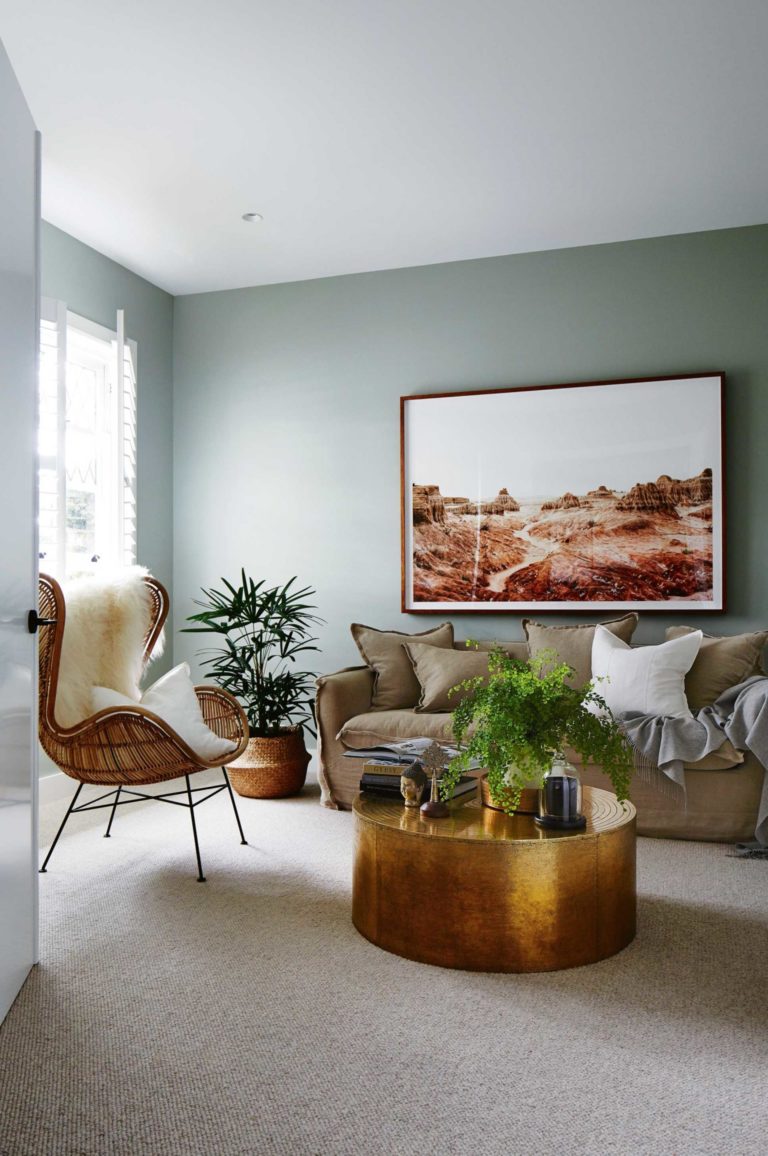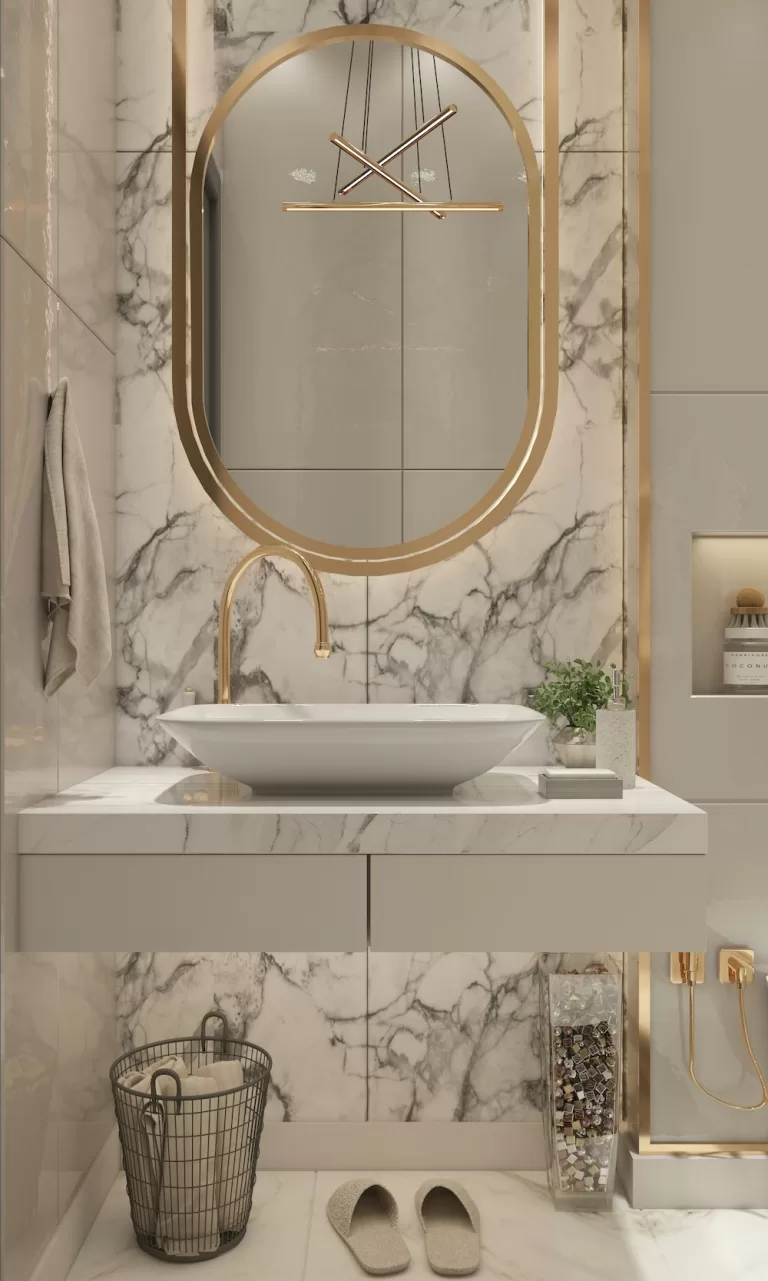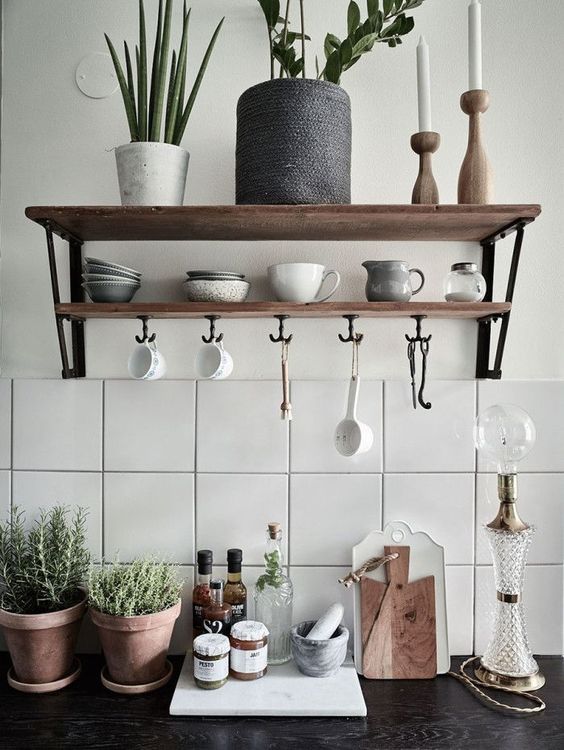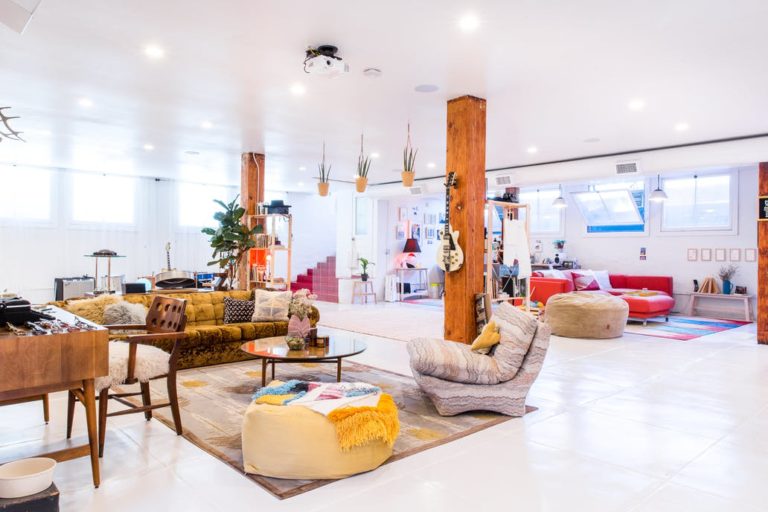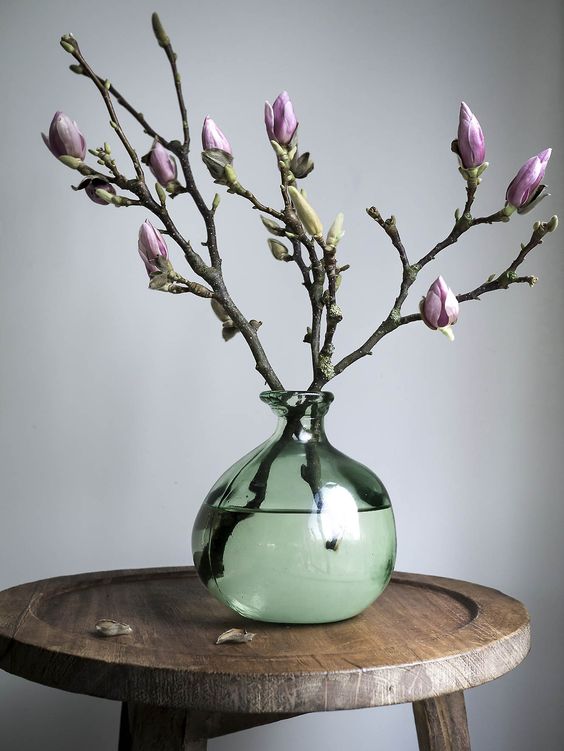How to Make Rented Accommodation Somewhere to Call Home
Many young people in the UK face serious difficulty in getting on the property ladder these days. The money required for a deposit is high, which means saving for years on the average salary. Housing stocks for first-time buyers are low, which restricts choice and increases demand, so prices are high too; and the amount you can borrow with a mortgage is far more strictly controlled.
That means many people simply can’t afford to buy their own home, which is leading to a boom in the rental market. Living in rented accommodation is the norm in many countries, but here people are used to the idea that property ownership is the goal, and renting should only be temporary. Whichever way you look at it, the effect is that for many people, rented accommodation never feels like home.
What’s the issue?
Two factors complicate the issue of making rented accommodation more homely:
- Restrictions in your tenancy agreement. Your landlord may not permit certain shades of paint or allow wallpaper, and you probably have to stick with whatever the interior décor is like, so even if you hate the tiles in the bathroom, you can’t change them.
- The possibility of having to move at short notice. Most rented accommodation has a pretty short notice period, so you know that at any point you could be given a few months’ notices to leave. It can make you feel reluctant to invest any time and money in your home, because you may have to leave it all behind.
With these two risk factors hanging over your head, it’s understandable that you’d feel reluctant to put too much effort into making your accommodation more homely. On the practical side, it’s important that you’re fully aware of your rights regarding what you can and can’t do, what you’re responsible for, and your notice period. That way, you can make a choice that suits you in the first place, and be in a position to understand your rights should anything go awry. If you do experience any problems with your landlord, get some advice from a specialist housing lawyer to ensure you aren’t being treated unfairly, and get help to sort things out if you are.
How to make your accommodation feel like home
There are some practical ways to make your home feel more comfortable and welcoming that don’t require a significant investment and won’t be wasted if you have to move, such as:
- Using wall-hangings and screens instead of decorating the walls. You can get murals that cover entire walls, and you can place screens in the room to divide it up or disguise the less attractive parts, then take them with you if you have to go.
- Get some pot plants, hanging baskets, and containers to brighten up your home with flowers, which always gives a place a welcoming feel.
The idea is to invest in ways to improve your environment which you can transport to your new accommodation when the time comes. A rented space may never feel quite the same as somewhere you own, but you can make it feel more like a home.
Images source

